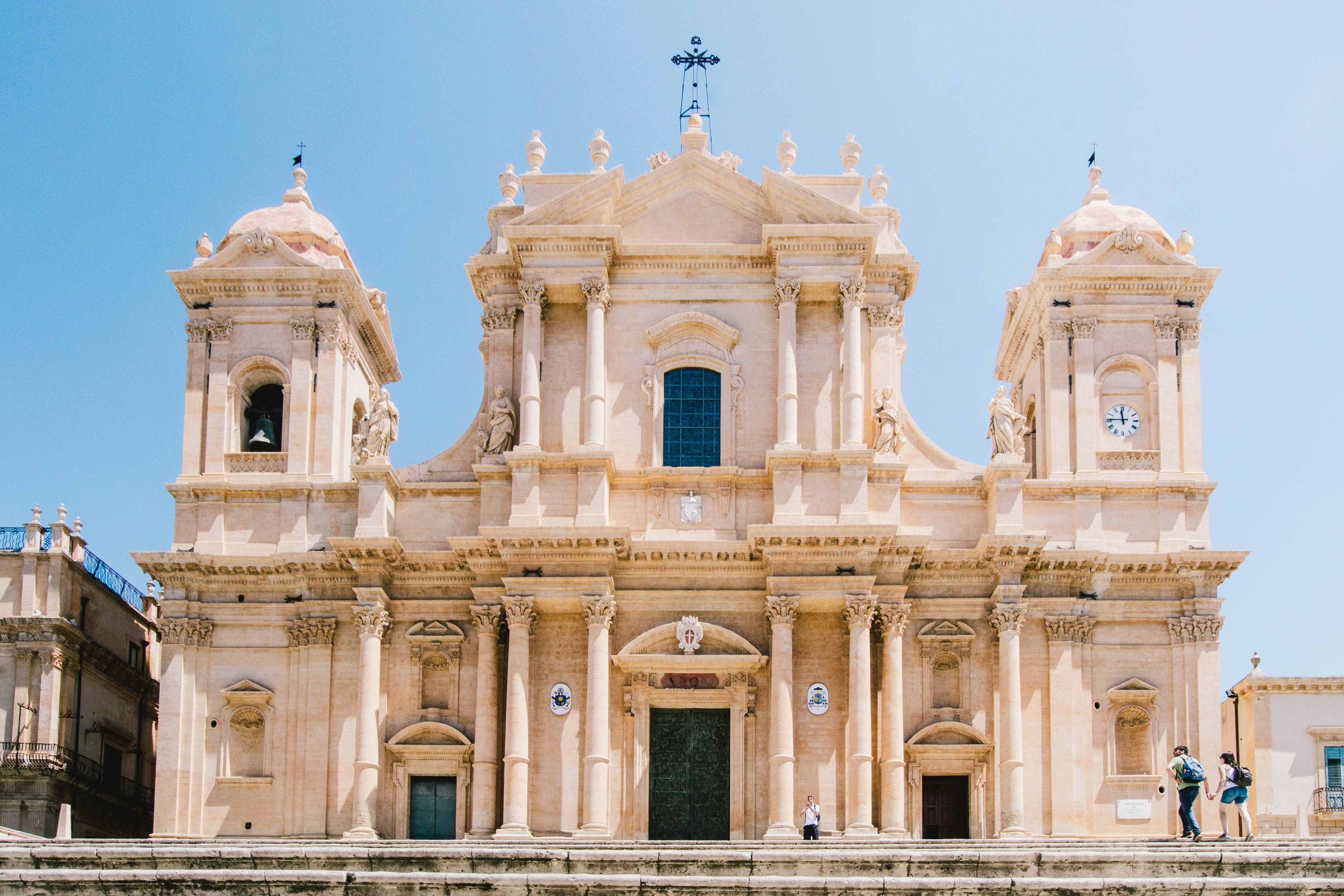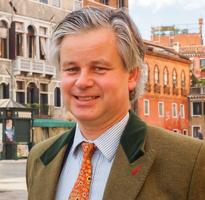The natural starting point of an exploration of Sicily is its most famous and historic resort, Taormina. The old town centre is on the hillside of Monte Tauro, offering spectacular views over the bay and Mount Etna. The main reason to visit Taormina is the Greco-Roman amphitheatre – still frequently used for operatic and theatrical performances. In less than an hour’s drive you can be on Etna’s lower slopes for gentle strolls or a more ambitious climb, though a driver and guide for the day is highly recommended to explore the incredibly varied volcanic landscape. For the real naturalist there is the option to stay in one of our new hotels on the verdant slopes of the mountain and end the day with delicious ‘slow food’ sourced only from local farms.
The next stop along the Ionian coast is the town of Syracuse. It was once one of the great powers of the Mediterranean and in the historic central island of Ortigia buildings from every period in the last 2,400 years sit side-byside. The most fascinating of Syracuse’s sights is the UNESCO protected cathedral. It began life in the 5th century BC as a temple dedicated to Athena before being converted into a church by the Romans. Domes were added by the Arabs in the 9th century to turn it into a Mosque, before the Byzantines returned the building to Christianity and it was later enlarged by the Normans. Only a couple of miles from Ortigia is the extensive archaeological area of Neapolis. Once a bustling suburb of Syracuse complete with a large quarry, two amphitheatres and an enormous sacrificial alter, this is an absorbing site best explored with the aid of an expert local guide.
Bordered by unspoilt sandy beaches and shallow, crystal-clear seas, the south-eastern corner of Sicily around Syracuse is a region of breathtaking topography and postcard-perfect hilltop towns. Noto, Modica and Ragusa are three of the most typical; all were severely affected by the devastating earthquake of 1693, though each were rebuilt in different ways. The authorities in Noto for example started from scratch some eight kilometres away, with plenty of resources at their disposal to build a new town of stunning grandeur. Today the pedestrianised central street is flanked by cavernous Baroque churches and palazzi, most of them open to the public.
The drive from Noto to Modica is an excellent opportunity to revel in Sicily’s stunning natural beauty. Winding between the olive and lemon trees, the ground suddenly falls away and the road becomes a bridge over a huge gorge, with the tight-knit town of Modica tumbling down both sides of the valley. As with Noto, Modica has its fair share of UNESCO protected sites, including the towering Duomo di San Giorgio, which rises majestically above the jumbled honey-coloured mass on the hillside.
Ragusa is arguably the most spectacular of the three. Originally a typical hilltop hamlet, it was split in two by bitter disagreements about how to rebuild after the earthquake.The aristocracy restored the original town (Ibla) while the growing middle classes scaled the neighbouring hill and began building a new town (Upper Ragusa).Today, Ibla with its winding, mazelike alleyways is connected to Upper Ragusa by a sinuous road, though the more intrepid tourist can tackle the zizagging staircases. Sicily is an island of fantastic food, wonderful scenery and beguiling variety. We look forward to helping you plan your holiday to this unforgettable place.





























